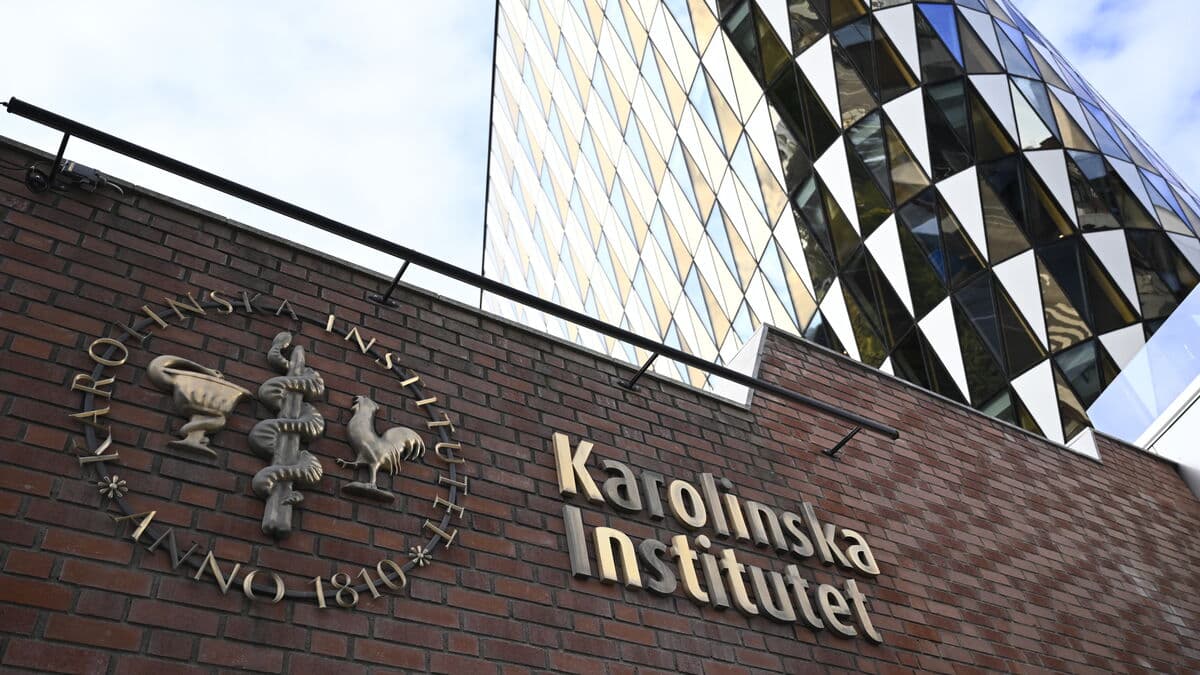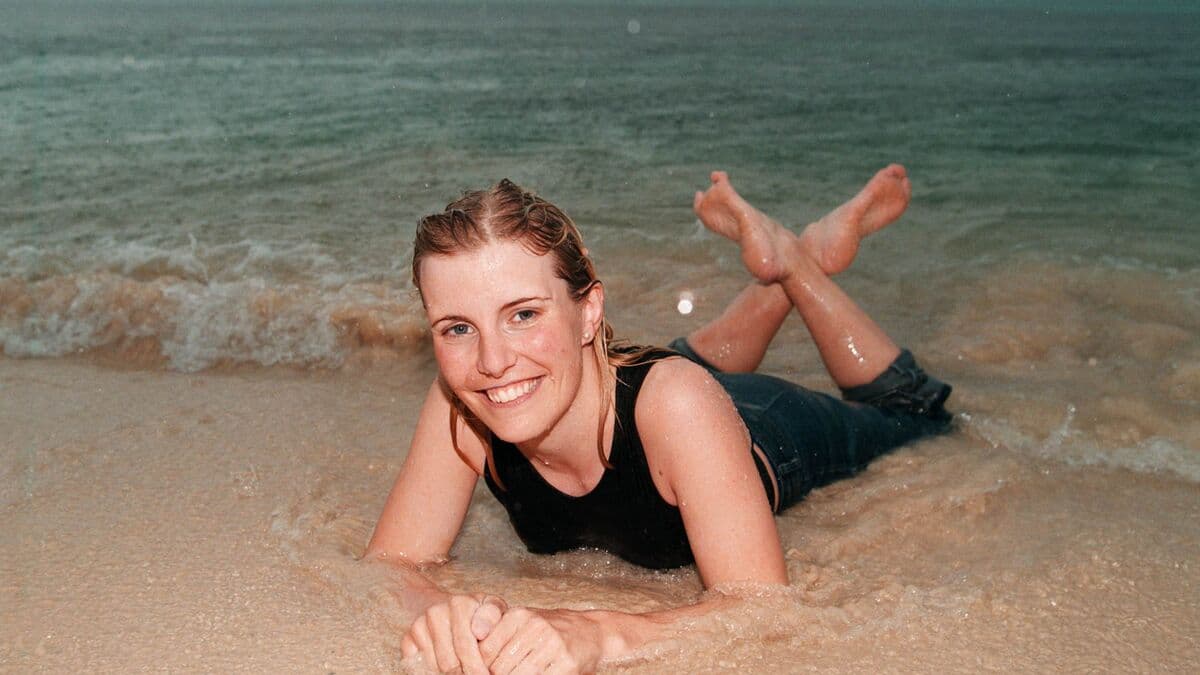According to Kågeson, the subsidies lead to more solar power than what is socially economically reasonable. And it reduces the profitability for the power sources that Sweden needs to cope with the winters. Moreover, the majority of the electricity is produced from solar cells when the country's electricity needs are at their lowest – during the summer.
The only subsidy (support) worth keeping is the tax reduction for battery storage, he claims. Solar power can otherwise stand on its own feet.
According to Kågeson, Sweden can, with the current expansion rate for solar energy, possibly have as much as 15,000 MW by 2030, which can be compared to the combined effect of the six remaining nuclear reactors, which is 6,900 MW.
He believes that it should be no to more large solar cell facilities on arable land. The electricity from such facilities weighs lighter than food production and the impact of the facilities on the landscape. New environmental requirements should be set for solar energy, he believes.





